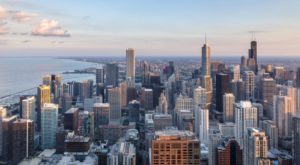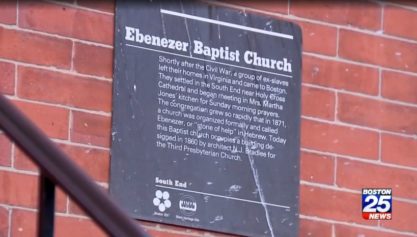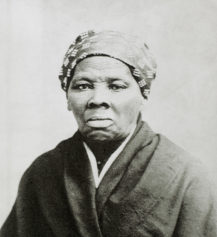
Chicago’s Black residents have left the city in droves, many of them finding homes in the South. (Image by Phil/Getty Images)
Where have all the Black Chicagoans gone?
That’s the question on everyone’s mind, as the Windy City’s African-American population has plummeted more than 15 percent in the past 15 years.
Though Chicago’s overall population declined for the third year in a row in 2016, data from the U.S. Census Bureau showed that new white residents are steadily purchasing homes in neighborhoods near downtown while Black residents are leaving the city’s most violent and crime-ridden neighborhoods in large numbers, the Chicago Sun Times reported.
“The decline in Black population really accounts for a lot of the loss,” Rob Paral, head of Chicago-based demographic research and consulting firm Rob Paral and Associates, said. “The difference is that the white population is either growing or staying the same.”
The Chicago Sun Times reported that the neighborhoods of Englewood, West Englewood and Austin were home to nearly 200,000 African-American residents in 2000. Fast forward 15 years, and those same three areas have just 135,831 Black residents, census bureau data showed. These were also neighborhoods that saw over 5,600 homicides and nonfatal shootings in a 15-year time span, as reported by the Chicago Police Department.
Austin, the city’s largest neighborhood based on square mileage, experienced the most dramatic decline, falling from 105,369 Black residents to just 81,066 between 2000 and 2015.
So, where exactly are Chicago’s Black residents heading? In a report following the 2010 Census, Paral noted a sharp uptick in African-American populations in the suburbs of the South (Georgia, Mississippi, Texas, etc.)
While researchers have attributed the mass exodus of Black Chicagoans to crime and violence, Chicagoans themselves say it’s a combination of factors, including high taxes, corrupt politics, inequality and lack of economic opportunity for Black folk.
“When a popular restaurant chain like Rosebud Restaurants has to pay nearly $2 million to settle a class-action lawsuit brought by the U.S. Equal Employment Opportunity Commission over race discrimination, there’s no reason to believe Blacks would be any worse off in the South,” columnist Mary Mitchell wrote in an op-ed for the Chicago Sun Times.
“While it’s not a bit surprising that Black people are leaving crime-ridden neighborhoods, I’m always a bit taken aback that white people choose to live in some of those same areas,” Mitchell added.
U.S. Census Bureau data showed that the fast-developing areas of West Town, the Near North Side and Near West Side saw their combined population jump from 96,573 to 137,102 — a 42-percent increase — in a 15-year time span. The Near West Side has seen the most significant white population boom, however, soaring from 11,731 white Chicagoans in 2000 to 25,876 in 2015.
“I’m in Woodlawn right now, and there are white people walking down the street, walking dogs and jogging. People don’t mess with white people,” Alderman Roderick Sawyer said. “If I walked up and down the street over here, I would probably get hit in the head, and that’s an awful thing to say.”
While things may not be peachy keen on the city’s South and West sides, Sawyer argued that things could get better if Black people stuck around and improved the neighborhoods themselves.
“We can make it better by staying and putting in the time and work and getting involved in your neighborhood,” he said. “You can’t complain about it while you are locked up in your house.”


